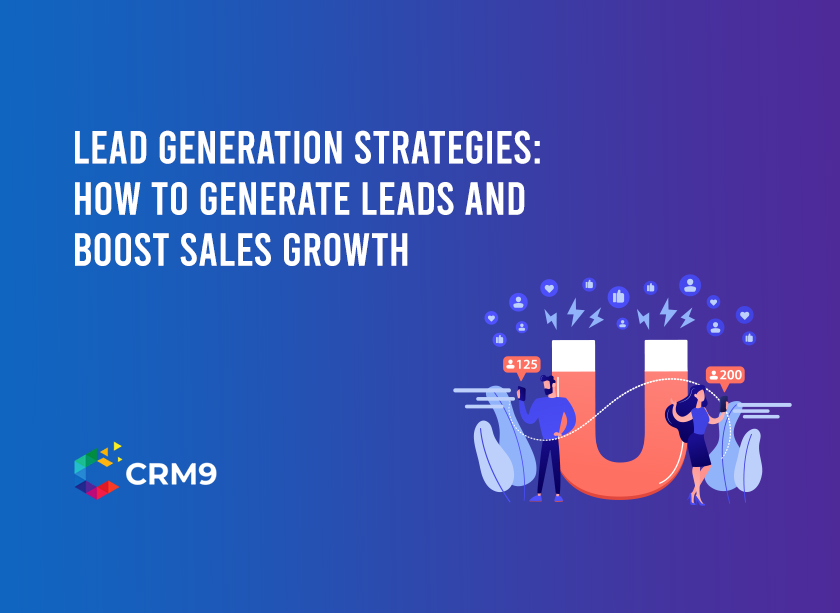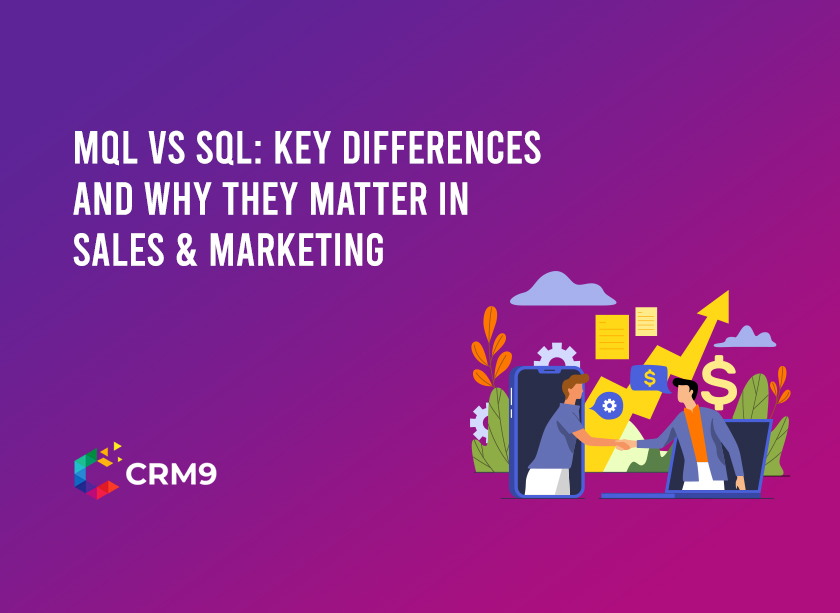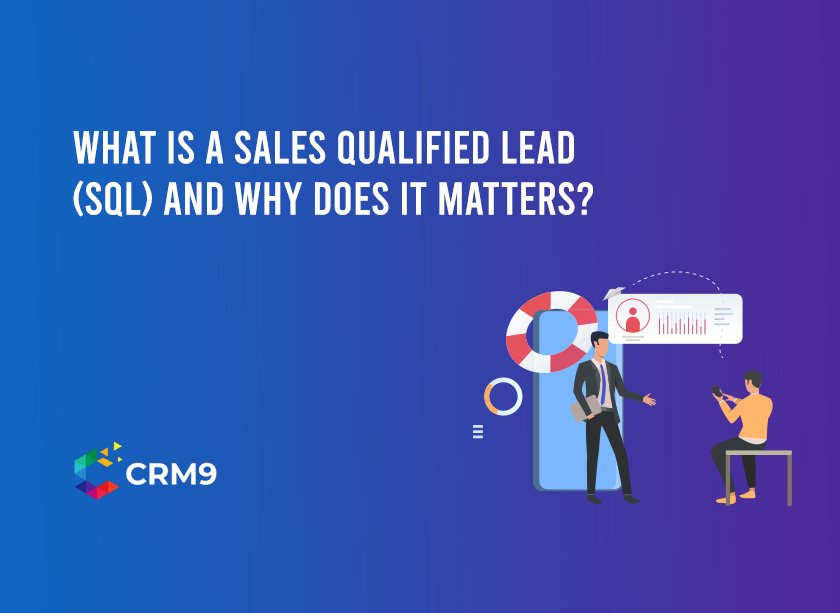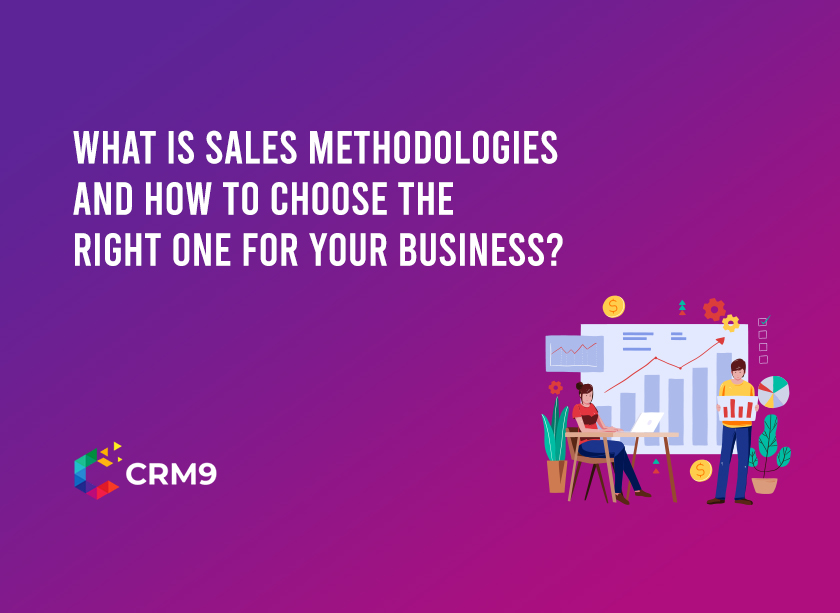Knowing that you have a great product or service is not quite enough and is a strategic, repeatable process of finding customers in the competitive environment today. This process is also known as lead generation strategies, and this is the most significant in the sales cycle. It involves attracting potential customers who are interested and turning them into good sales leads that actually require what you are offering. Consequently, a well-executed lead generation strategy is the gas that ensures that your sales process does not run out of fuel.
This guide will deconstruct the Lead Generation Strategies that you should understand in 2025. We are going to discuss some of the most effective inbound and outbound lead generation strategies, analyse some real-life examples, and point out the pitfalls that can make your efforts fail. In case you need answers about how to create leads in sales and attain considerable growth, then you have indeed entered the right place.
What is Lead Generation?
Fundamentally, lead generation strategies find, engage, and transform strangers and prospects into a consumer who expresses some interest in what your company offers. Imagine that it is the lifeblood of your business. Your business will ultimately drag when there is no steady stream of interested prospects or sales leads.
It is not only about getting leads, but qualified leads. This is done by actively carrying a potential customer through the transformational process of moving them to the stage of being aware of your brand to being more involved in it, making the work of the sales team much more effective. When you are wondering, what is a lead generation strategy that really works? Then you need to make your marketing work comply with the needs of your audience. Good lead generation is hence the cornerstone to long-term business development.
The importance of Lead Generation Strategies to Sales Growth.
Any business that wants to increase sales growth cannot afford to do without a strong sales lead generation system. A strong lead generation engine drives your revenue. The benefits of being able to generate business leads include:
Higher Revenue: A higher number of leads in the pipeline will automatically result in more deals being closed and more sales.
Outreach: With the right strategies, you would be able to target your sales efforts on the most likely to purchase prospects and increase your conversion rate.
Brand Authority: Useful content in the lead generation process will make your brand a useful expert rather than a seller.
The issue of how to come up with leads in sales is basically the same issue of how to maintain and expand your business. Finally, it is in the end that it ties your marketing investment to specific returns that can be measured so that your efforts are not being spent on uninterested people potentially.
The Best Lead Generation Strategies in 2025
In the current competitive business environment, such a mix of lead generation techniques is required, should you wish to know how to make leads in sales. The following are 7 of the best lead generation strategies in 2025:
Strategy 1: Content Marketing
This forms the basis of online lead generation. Producing content that is valuable and of high quality, such as blog posts, guides, white papers, and videos, makes you respond to the questions of your audience and attract them to your site. You add gated content (needing an email to view) as a lead-capturing device.
Strategy 2: Ask for Referrals
The best lead you may get is that of a satisfied client. Thus, have an official referral program wherein you reward your existing clients for referring others to you. This process builds trust and shortens your sales cycle.
Strategy 3: Network Online
Use professional tools such as LinkedIn to implement B2B lead generation strategies. Join industry-related organizations, post professional views, and use search tools provided by the platform to identify the decision-makers that fit your perfect customer image.
Strategy 4: Host Webinars
The effectiveness of webinars to express expertise, respond to questions live, and gather prospect information is significant. Since the attendees spend 30-60 minutes with you, they are very qualified sales leads.
Strategy 5: Marketing Communications.
Although the cold email has its own place, it is important to develop the existing prospects using targeted email marketing. Divide leads using your CRM according to their area of interest, e.g., invoices and estimates interested vs. project management interested, and deliver to them the most relevant material.
Strategy 6: Cold Email.
When done right, a personalized cold email can be a good method of how to generate leads. Focus on the pain point of the prospect and deliver a small bit of value clearly, and not a complete sales pitch.
Strategic 7: Use SEO (Search Engine Optimization).
SEO is a way of making sure that your prospective clients can locate you when they go to a search engine to seek a solution to their dilemma. It is necessary to have your site optimized with terms such as “how to get leads to business” or “lead generation examples” to ensure that your lead flow will be long-term and organic.
What are the Common Mistakes to Avoid in Your Lead Generation Strategies?
To do lead generation well, one should also know what not to do. These are the pitfalls that should be avoided to save the time and budget of your team.
Mistake 1: Buying Leads
The idea of purchasing lists of leads is, in almost all cases, wrong, however tempting. These lists tend to be out of date, do not have proper consent (which presents a legal liability), and offer an inadequate quality of leads. Therefore, an organic lead gained after hard work will be worth more than 100 bought contacts.
Mistake 2: Poor Lead Nurturing
Not all leads are always willing to purchase immediately. Not sending out a follow-up with useful and educational information will lead to a good prospect chilling. The lead management process is thus a formal process that is required to take leads through the sales funnel.
Mistake 3: Disregarding Social Media Presence
Buyers nowadays study the companies on social media. An abandoned or dormant social media account would easily scare away any potential sales prospects, even when they discovered you elsewhere.
Mistake 4: Follow Up Promptly
Speed is critical. Studies show that contacting leads within five minutes of their being interested makes them exponentially more likely to go through. Have a system, such as an automated message attached to your custom dashboard, to make sure that you follow up promptly.
Mistake 5: Faulty Targeting
When you are aiming at everybody, you are aiming at nobody. It is a huge waste of resources to waste on a prospect that will never purchase your product. Apply granular buyer personas because you need to target the correct audience in your lead generation approach.
Mistake 6: Poor Quality of Leads
It is a waste of time to have your sales personnel seek opportunities that lack the budget, power, or actual need of your service. Thus, you need to focus on the intentional, focused marketing that catches the buyers with the high intentions, instead of casual contacts.
How to Use Online Lead Generation Methods to Grow Your Brand?
The lead generation business on the Internet is all about visibility and availability. The implementation of strategies mentioned above will help you transform your brand into a globally available resource, instead of being a local or niche player. The market size of the lead generation software is USD 7.8 billion in 2024 and USD 11.7 billion in the year 2031 at a 5.3% CAGR between 2024 and 2031.
Finally, proper lead generation online creates a definite direction for how your prospect can also learn, interact, and ultimately buy your brand, which forms the basis of long-term sales.
Mini Story/Example: Consider a small company that was involved in invoice and estimate software. When they started, they just obtained local clients. However, once they began writing long, detailed, search engine-optimized posts about The Best Lead Generation Techniques for Freelancers and How to Use Proposal Management to Close Deals Faster, they began to receive sign-ups all over the country and the world. Their brand expanded since they responded to queries online to a pre-existing audience that was already searching.
Conclusion
Creation of good sales leads is the lifeblood of business development. Through various lead generation techniques such as content marketing, SEO, and effective lead nurturing, you go beyond wishing that you will sell to making it happen in an active and predictable manner. Moreover, the multifaceted approach is the key to success in 2025 because it will be quality-oriented, rather than quantity-oriented, so you can only find those who would be interested in whatever you are offering.
Related Reads
- Sales Organization Structure: Types, Purpose & Hierarchy Explained
- What is Sales? Sales Meaning, Types, and Importance Explained (Guide)
- Sales Analysis Explained: A Complete Guide to Sales Data and Trends
- Inbound vs Outbound Sales | Difference, Meaning & Strategies Explained
- What is a Sales Plan? Process, Strategy & Templates Explained
- Inside Sales Explained: Meaning, Key Roles, and Responsibilities
- What is Return on Investment (ROI) and ROI Calculation Formula?
- What is Customer Acquisition Cost and How to Calculate it?
- What is Sales Support and Why Does it Matter Most for Business Growth
- What is Sales Budget? Complete Guide with Example and Process
- What is Sales Tracking and How Does it Work?
- Top Sales Tracking Software and Apps to Boost Business Performance.
- What is Sales Support and Why Does it Matter Most for Business Growth
- What is Sales Data Analysis, and How to Perform it for Business Growth?
- What is Sales Methodologies and How to Choose the Right One for Your Business?
Lead Generation Strategies FAQs:
The most trendy methods of lead generation of 2025 may be taken into account, including AI-based marketing, personalization of content, and automation devices.
The placement of adverts on social media, email marketing, and search engine optimization at local levels are some of the ways that the small businesses can generate good leads.
In fact, the techniques that start-ups may consider low-cost and high-impact are the methods of influencer collaboration and content marketing.
The most important statistics that are to be followed are the conversion rates, the cost per lead, and the cost of obtaining a customer.
They can be the webinars, landing pages, content gatekeepers, and target email marketing campaigns.



